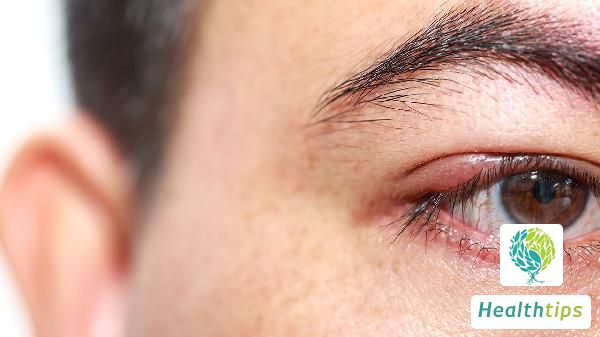"Should I Apply Heat Therapy for Neck (Cervical) and Lumbar Disc Herniation?"
Heat Therapy for Cervical and Lumbar Disc Herniation
Cervical and lumbar disc herniation can typically be treated with heat therapy. By applying heat, local blood circulation is improved, muscle spasms are relieved, and nerve root edema can be reduced. This, to a certain extent, alleviates symptoms such as lower back pain and leg pain, providing benefits for cervical and lumbar disc herniation.

1. Cervical Spondylosis
The primary area for heat therapy in cervical spondylosis is the neck, specifically the posterior cervical region and both sides of the cervical spine. This promotes blood circulation, thereby improving symptoms such as neck pain, stiffness, and soreness. If nerve compression symptoms are present in cervical spondylosis, heat therapy can provide some relief, but it is not a cure. For a definitive treatment, surgical intervention may be necessary.
2. Lumbar Disc Herniation
For lumbar disc herniation, heat therapy can be applied using hot water bottles, heated salt bags, or hot towels. Since most lumbar conditions are caused by strain, heat therapy enhances local blood circulation, thereby alleviating symptoms like low back pain and soreness. In severe cases of lumbar disc herniation, where there is radiating pain or numbness in the lower limbs, heat therapy may be ineffective, and surgical intervention is recommended.
3. Cervical Spondylosis (Continued)
Heat therapy for cervical spondylosis facilitates the resolution of local inflammation, relaxes muscle spasms, and relieves pain, contributing to the management of the condition. However, it should be noted that heat therapy is only suitable when combined with cervical spondylolisthesis or myelopathic cervical spondylosis; otherwise, it may exacerbate the condition.
4. Lumbar Disease
Heat therapy for lumbar diseases promotes blood circulation, eliminates nerve root edema, and eases low back pain. Common methods include heat wraps, hot water bottles, and hot towels. Additionally, lumbar traction, massage, and tuina (Chinese medical massage) can also be performed, providing some relief for lumbar disc herniation symptoms. Nevertheless, these methods are not curative, and surgical intervention is advised for more severe cases.
Patients with cervical and lumbar disc herniation should avoid prolonged sitting, standing, and bending, minimizing the frequency of bending to prevent condition worsening. Furthermore, engaging in appropriate exercises can strengthen muscle power and enhance spinal stability, which is beneficial for both cervical and lumbar disc herniation.



















